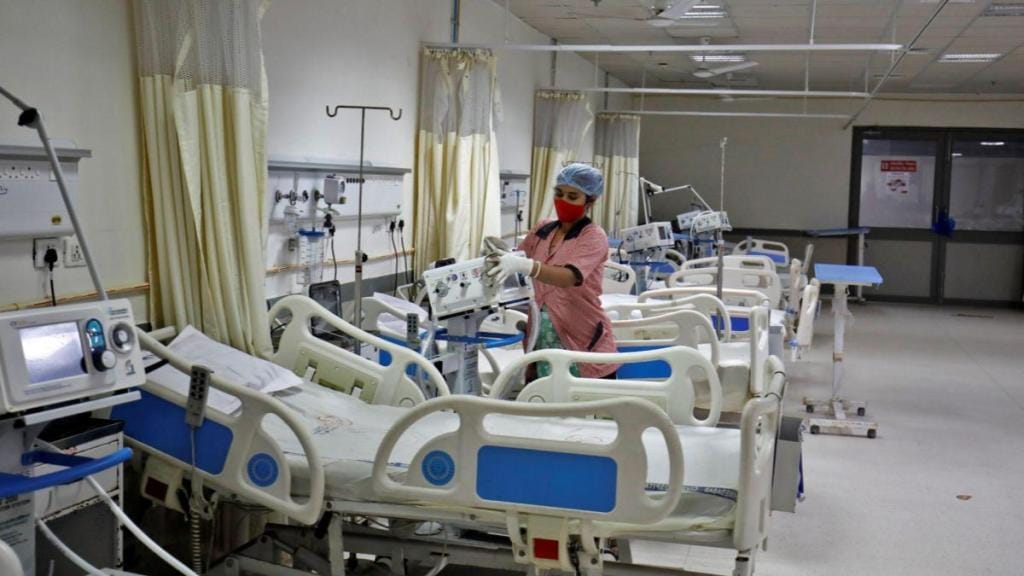Latest findings from the Sample Registration System show that, for the first time, India’s birth and death rates have fallen to nearly half their levels from 50 years ago. This is a positive reflection of the foundations for healthcare, family planning, and social welfare laid in the decades since Independence. Most encouragingly, the infant mortality rate (IMR) has continued its steady decline, falling from 40 in 2013 to 25 in 2023—a reduction of 37.5%. IMR, defined as the number of infants dying before their first birthday per 1,000 live births, is one of the most critical measures of health standards. Between 2013 and 2023, the rural IMR fell from 44 to 28, while the urban IMR dropped from 27 to 18. Yet disparities persist: states such as Chhattisgarh, Madhya Pradesh, and Uttar Pradesh reported the highest IMR at 37, while Manipur was at the other end of the spectrum with just 3. While the findings bode well, they also show that the country still lags several of its neighbours, with China leading the region at 4.5.
Decline and persistent disparities
As with all statistics, some caveats remain. The wide gap between the states with the highest and lowest IMRs—37 in Uttar Pradesh, Madhya Pradesh, and Chhattisgarh, compared with 3 in Manipur—shows that outcomes vary sharply across state lines. Rural-urban differences are also significant, underscoring that national figures are an average of highly uneven conditions. Importantly, when compared to our neighbours, some Indian states perform at par and even better—Kerala (5), Goa (6), Sikkim (6), and Manipur (3) are all within or below the range of Sri Lanka and China. However, improvements are still needed, particularly in implementation.
India’s two flagship maternal and child health programmes—the Janani Suraksha Yojana (JSY), a conditional cash transfer scheme, and the Janani Shishu Suraksha Karyakram (JSSK), which provides free maternal and neonatal services—are funded through the National Health Mission. Estimates suggest that utilisation under JSY was about 87% in FY24, while JSSK has also expanded access to services and increased institutional deliveries (over 80%). A 2025 study in the Cureus journal notes that the persistence of wide regional disparities points to the need for improving quality of care to ensure equity. It further argues that given the scale of these programmes, a comprehensive restructuring may be required to plug leakages.
What India can learn from Its neighbors
While smaller neighbouring nations such as Sri Lanka or Bhutan do not have the sharp variances like India does, lessons can be drawn from them, as well as China, which despite having the largest population, has the lowest IMR in the region. Sri Lanka has invested in free and universal public healthcare for decades, resulting in near-complete institutionalised births, and Bhutan actively utilises community participation despite being strapped for resources. The latter is something India can do. The Cureus study states that India’s accredited social health activists “play a vital role in connecting with pregnant women within communities and can be further empowered to provide enhanced support and advice.” China’s high score can be attributed to its stringent emphasis on hospital deliveries across regions (above 99%). The current figures should certainly bolster optimism, but they are also a reminder that policies and implementation must continue to improve if India is to bring down its IMR further. Only then can this critical aspect of health and social well-being fit seamlessly into the India@2047 vision.


